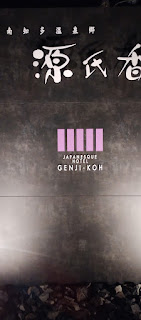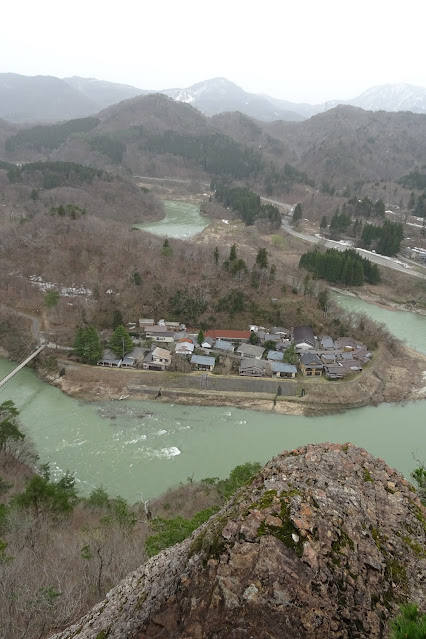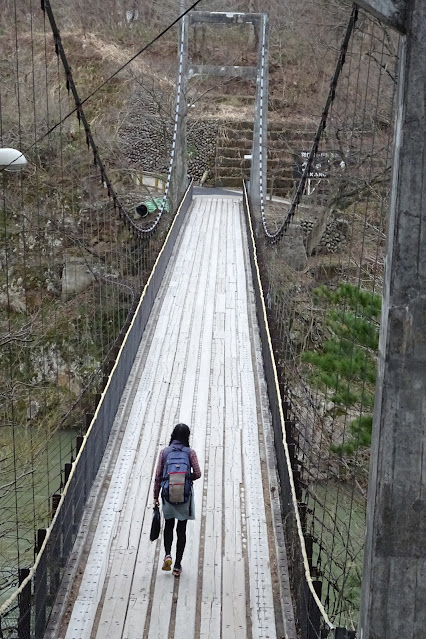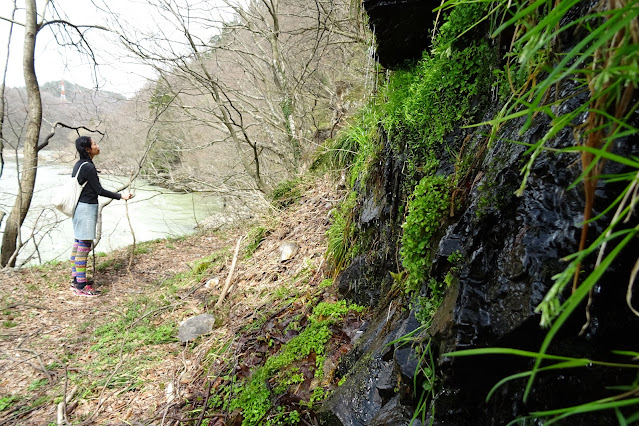 |
| Peaceful Bathing |
Bathing in a Japanese onsen on the side of a mountain is a soothing experience, but when surrounded on almost all sides by vast expanses of idyllic snowy forests, the experience is transcendental. The view and the hot water melt concrete walls of urban stress from your pores, and waves of relaxation and pure joy splash inward. This is what I experienced at a rustic cabin named Apple Pension in Zao Onsen, Yamagata, Japan.
 |
| Relaxing and healing |
 |
| Snow monster habitat |
Driving to Zao took several hours from my home in Niigata. Upon arrival, we went straight to the Zao Onsen Ski Resort to visit the icy jewels of Zao Resort, nicknamed "snow monsters." These are giant trees that have acquired mysterious shapes after repeated freezing and exposure to tons of snow and crafty winds. A storm blew in soon after we reached the top, temperatures dropped to minus eight degrees Celsius, and my hands were numbed to the bone.
An emergency immersion into the local thermal waters was required. My body sent the following message to my brain: "Urgent soaking in hot mineral water required. Quick! Direct the car immediately to our accommodation and head to the outdoor bath."
 |
| Perfect for couples and close friends |
My mind responded accordingly. Within five minutes from one of the Zao Ski Resort parking lots, we arrived at
Pension Apple, a quaint wooden cabin perched on a plateau encircled by white trees and white mountains. Apple has an indoor bath (
uchiyu in Japanese) and an outdoor bath (
rotenburo in Japanese). We checked in, reserved the rotenburo, grabbed our towels, and headed for the outdoor bath.
Guests can reserve the bath, so one can be alone or with friends and family. My wife and I shared the bath with a trusted friend from England. This was his first experience bathing outdoors in a snowy region. He was amazed, and I, although I have bathed in more onsens than I can count, thought the location and scenery were superb.
 |
| Evening view from our room |
This small, reasonably-priced accommodation is run by Masayuki Sato, an enthusiastic Zao native, and his wife, Michiko, who prepares hearty meals in a dining room with wide windows for savoring the scenery. They also encourage friendly conversations between different guests through the abundant sharing of wine, cheese, and sake. Guests who choose to eat Michiko's sumptuous breakfast and dinner will pay about US $100 per night.
The evening soak was so good that we decided to wake up early and watch the morning light spread across the sky from the vantage point of the rotenburo.
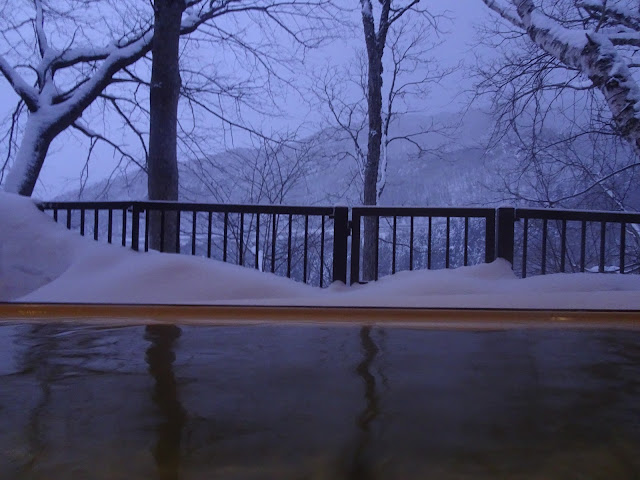 |
| Morning onsen |
Zao has a wealth of outdoor pleasures to choose from depending on the season: skiing, snowboarding, ice fishing, snowshoeing, hot spring bathing, fishing, flower viewing, hiking, wild mountain vegetable picking, bicycling, outdoor meditation, and yoga, among many others.
After our morning bath, we snowshoed in a nearby park and observed ice fishers catching wakasagi (Hypomesus nipponensis--Japanese smelt), and followed that up with another bath in a local public bath. Zao is sprinkled with hot springs. Many are free although it is hoped that bathers will place 200 yen into a box outside of each facility to help pay for upkeep. Follow the smell of sulfur or whisps of steam to find them.
Google Map Link: https://maps.app.goo.gl/TDjTV1v8t2Zhv1877
The hot spring addict did not receive any cash or services for this favorable review.
If you have comments about Zao or other hot spring areas in Japan, please write them below.




